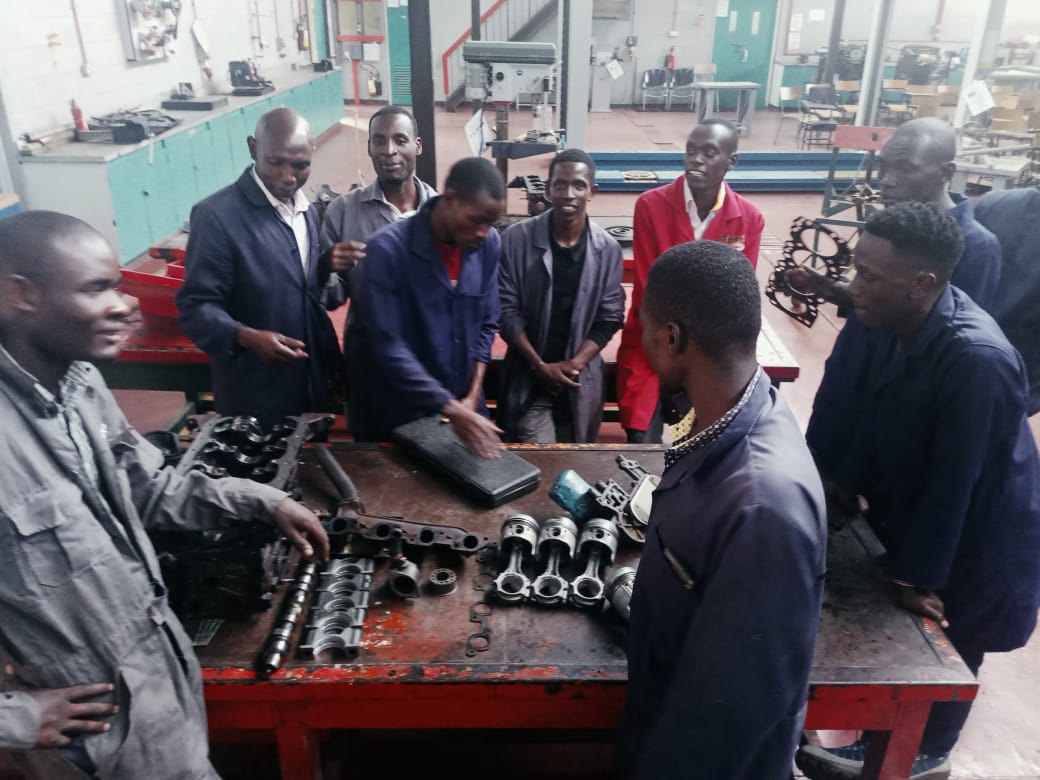Automotive technology encompasses a broad range of areas related to the design, development, production, and maintenance of vehicles. It combines principles from mechanical engineering, electrical engineering, and computer science to create and maintain vehicles that are efficient, safe, and technologically advanced. Here’s a detailed breakdown of what automotive technology entails:
1. Vehicle Design and Development:
- Concept Design: Developing initial vehicle concepts, including aesthetics, ergonomics, and functionality.
- Engineering Design: Creating detailed designs for vehicle components and systems, such as the engine, transmission, suspension, and body.
- Prototyping and Testing: Building prototypes and conducting tests to ensure that designs meet performance, safety, and regulatory standards.
2. Powertrain Technology:
- Internal Combustion Engines (ICE): Understanding engine operation, including fuel injection, ignition systems, and emission controls.
- Electric Vehicles (EVs): Knowledge of electric propulsion systems, battery technology, and electric motor design.
- Hybrid Systems: Combining ICE and electric propulsion systems to optimize efficiency and performance.
3. Vehicle Dynamics and Performance:
- Suspension Systems: Design and maintenance of suspension systems to ensure comfort and handling.
- Braking Systems: Development and maintenance of braking systems, including anti-lock braking systems (ABS) and electronic stability control.
- Transmission Systems: Understanding manual and automatic transmission systems, including advancements in continuously variable transmissions (CVTs) and dual-clutch transmissions.
4. Electrical and Electronic Systems:
- Control Systems: Design and implementation of electronic control units (ECUs) for various vehicle functions, such as engine management, transmission control, and advanced driver assistance systems (ADAS).
- Infotainment Systems: Development and integration of multimedia systems, navigation, and connectivity features.
- Lighting Systems: Understanding and designing vehicle lighting, including headlights, taillights, and interior lighting.
5. Safety and Compliance:
- Crash Safety: Designing vehicles to meet safety standards and protect occupants in the event of a collision.
- Regulatory Compliance: Ensuring that vehicles comply with environmental and safety regulations, such as emissions standards and crash test requirements.
6. Diagnostics and Maintenance:
- On-Board Diagnostics (OBD): Using diagnostic tools to identify and troubleshoot vehicle issues.
- Preventive and Corrective Maintenance: Performing routine maintenance tasks and repairing faulty components to keep vehicles in optimal condition.
7. Emerging Technologies:
- Autonomous Vehicles: Understanding the technology behind self-driving cars, including sensors, machine learning, and artificial intelligence.
- Connectivity: Knowledge of vehicle-to-vehicle (V2V) and vehicle-to-infrastructure (V2I) communication technologies.
- Alternative Fuels: Exploring the use of alternative fuels, such as hydrogen fuel cells and biofuels.
8. Professional Skills:
- Technical Skills: Proficiency in using diagnostic tools, repair equipment, and computer-aided design (CAD) software.
- Problem-Solving: Ability to diagnose and resolve complex vehicle issues effectively.
- Communication: Skills to interact with customers, explain technical issues, and provide service recommendations.
Automotive technology is an ever-evolving field that requires continual learning and adaptation to new advancements and innovations in vehicle technology

